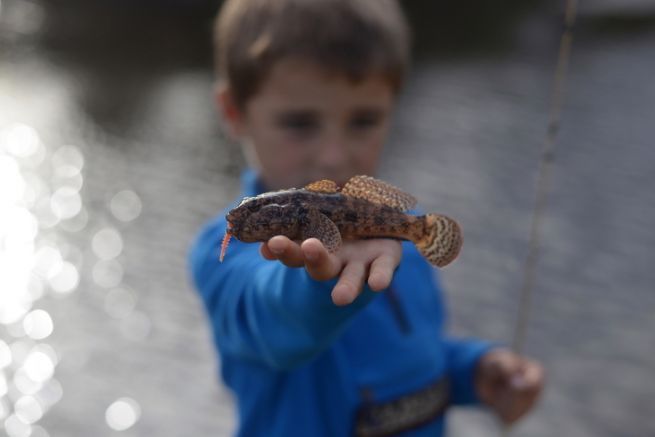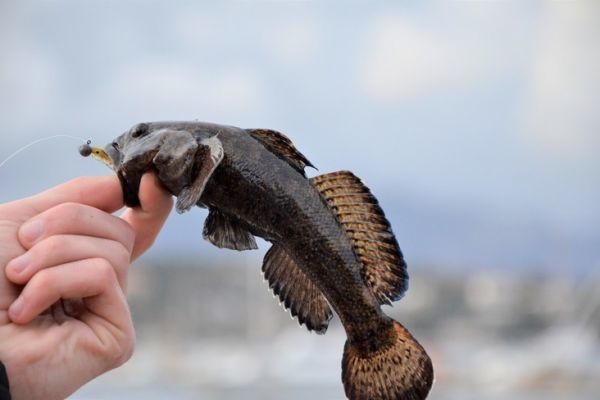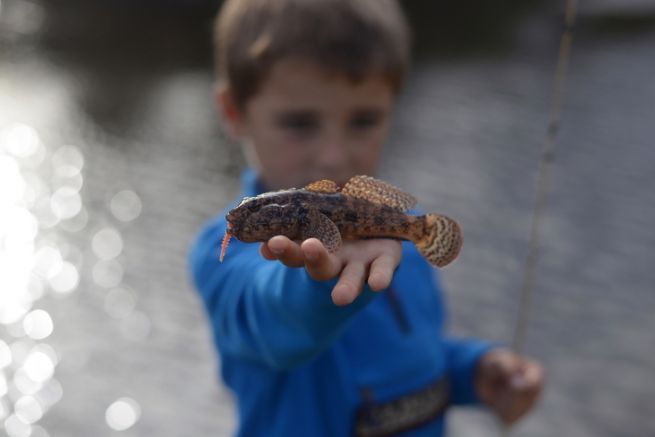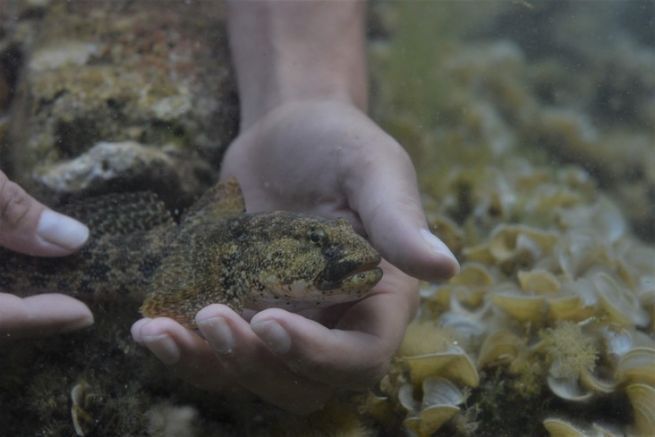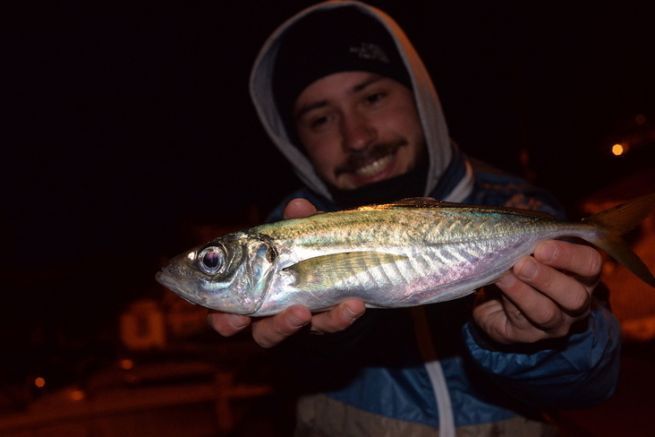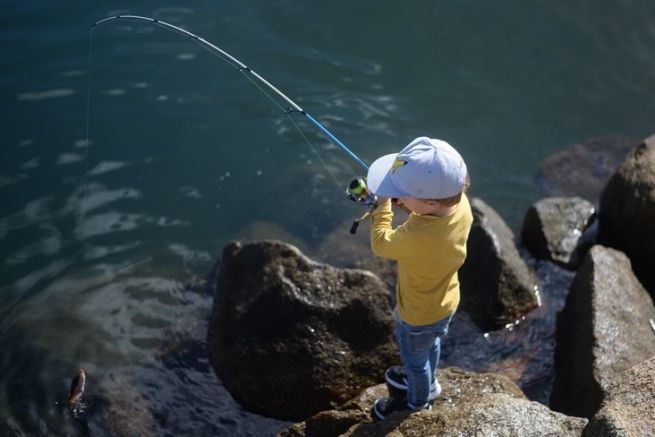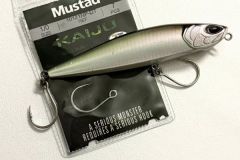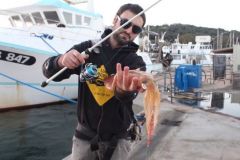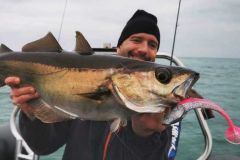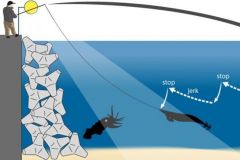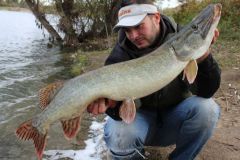History and definition
The trend was spurred on by a number of Japanese tackle distributors. Rockfishing is practised at sea and primarily refers to the stalking of small rock fish with lures (rock translates as "rock" and fishing as "fishing"). The correct Japanese term for the technique is "light game", which conveys the idea of fun and lightness. Rockfishing is still a very special sport in Japan, targeting rather powerful rock fish. You could compare it to fishing for old or small groupers...
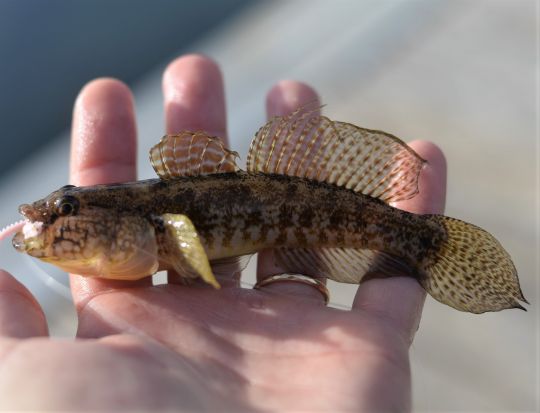
In France, Guillaume AUGER and Pescanautic were the first to import the concept, via brands such as Ecogear. The term "rockfishing" was chosen, probably because of its "rock" connotation and because the term "rock fish" refers to just about all the small, more or less colorful marine fish found along our coasts. This ultra-light lure fishing has also inspired streetfishing and fine perch stalking in freshwater, with codes found in both practices: urban, landscaped and concreted banks, fun, sensations...
In Japan, the light game, which is the same as rockfishing in our country, consists of stalking small fish. The most popular of the wide range of rockfish and sparids (fish in the sea bream family) are mebaru (a kind of small scorpionfish or serran) and aji (horse mackerel!). This type of fishing can easily be transposed here, as our coastal fish react just as well to small lures as Japanese fish. What's more, we also have horse mackerel and small rock fish comparable to mebaru in the Mediterranean and the Atlantic.
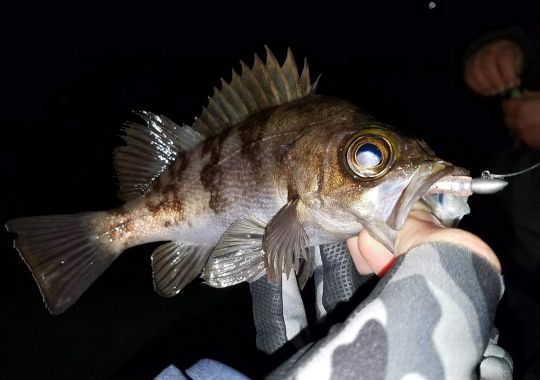
Harbours, prime spots for rockfishing
Rockfishing can be practised on any coast. Small fish can be found in all types of biotopes. On the other hand, there are certain areas where different species of fish are concentrated, and these are the areas to focus on. Rockfishing in the Mediterranean is really easy. The low tidal influence and few variations in water level are conducive to the sedentarization of small fish, which sometimes find refuge in just a few centimetres of water. In the Atlantic and English Channel, harbours that remain perpetually in the water are priority fishing areas.
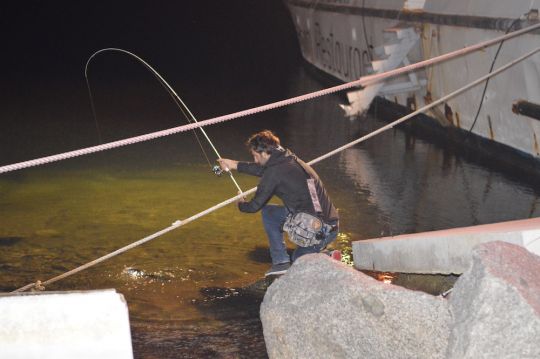
Harbors are emblematic places for rockfishing. This developed and often urbanized environment is very easy to access. Fish are plentiful, and the many structures shelter different species of fish. Numerous juveniles take shelter in the shelters provided by the harbors, and predators of all kinds come to take advantage of them. Dykes, riprap and cracks in the concrete provide refuge for rock fish such as scorpion fish, goby, oblade and blennie...
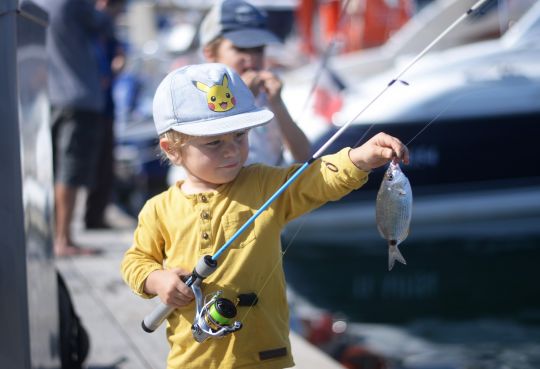
Any season, day or night
Rockfishing can be enjoyed all year round, all day long. Night or day, summer or winter. Some species will be more active depending on the time of year. Most predators are very active at night. When it's dark, they start hunting. Most rockfishes are sedentary, and in summer and winter, you'll find them in virtually the same positions. Others, like horse mackerel, are very active in winter, and when there are few alternatives in terms of fishing, it's a real pleasure to track them down.
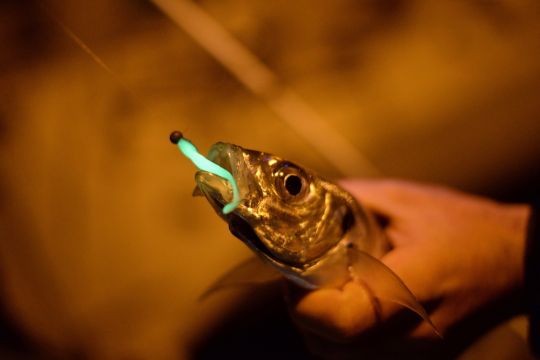
Rockfishing is a technically affordable way to catch small fish quickly. It also has many subtleties, depending on the type of fish you're targeting. Depending on the species you're targeting, we'll be taking a look at the best approach and timing for effectively catching a maximum number of rockfishing fish.

 /
/ 